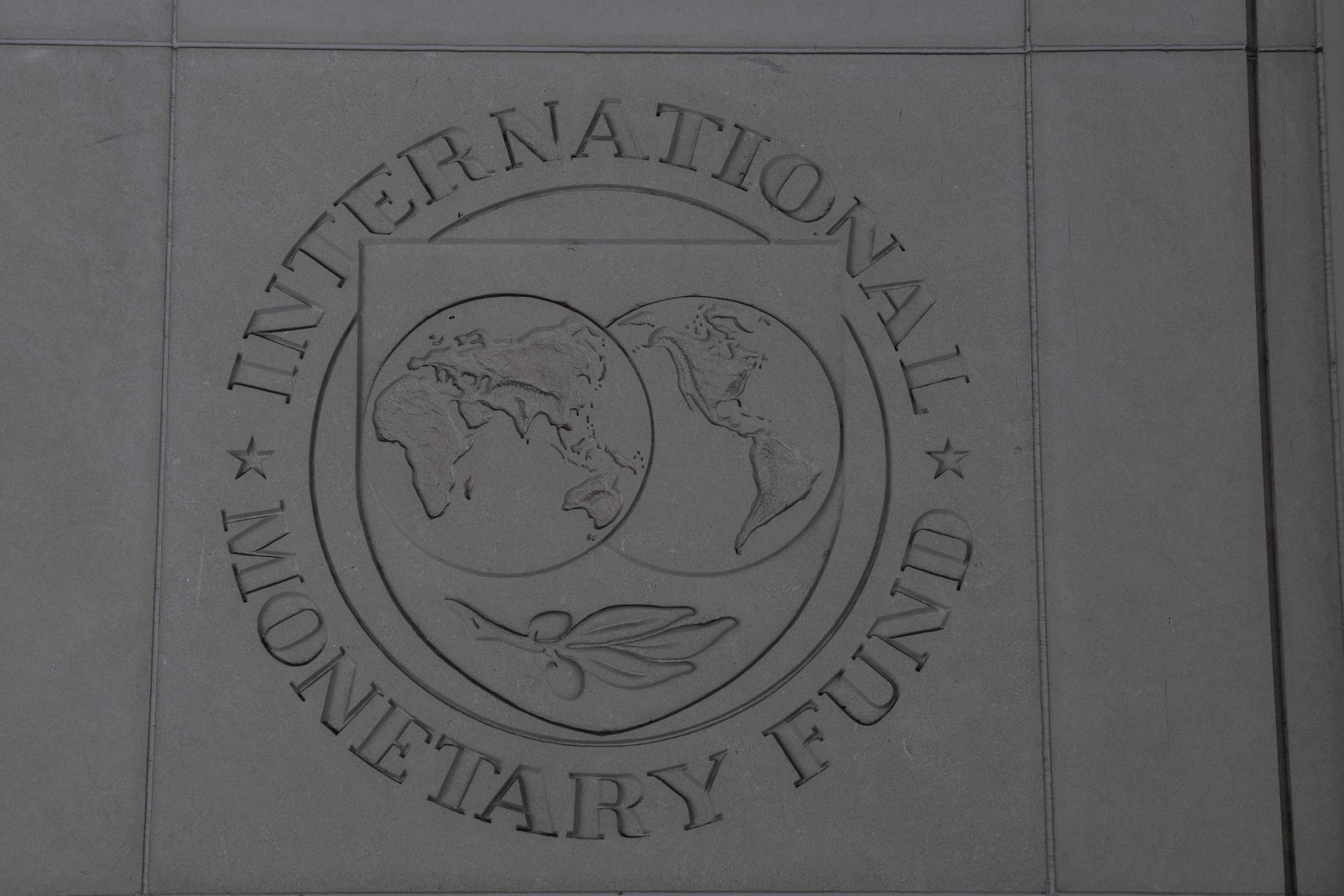Marrakech, Morocco— The International Monetary Fund on Tuesday cut its growth forecasts for China and the euro zone and said overall global growth remained low and uneven despite what it called the “remarkable strength” of the U.S. economy.
In its latest World Economic Outlook, the IMF left its forecast for global real GDP growth in 2023 unchanged at 3.0% but cut its 2024 forecast to 2.9% from its July forecast of 3.0%. World output grew by 3.5% in 2022.
IMF chief economist Pierre-Olivier Gourinchas said the global economy continued to recover from COVID-19, the Ukraine conflict, and last year’s energy crisis, but that diverging growth trends meant “mediocre” medium-term prospects, Reuters reported.
Gourinchas said the forecasts generally pointed to a soft landing, but the IMF remained concerned about risks related to China’s property crisis, volatile commodity prices, geopolitical fragmentation, and a resurgence in inflation.
A fresh risk emerged in the form of another conflict just as officials from 190 countries met in Marrakech for the IMF and World Bank annual meetings, but came after the IMF’s quarterly outlook update was locked down on Sept. 26.
Gourinchas said the IMF was monitoring the situation, noting that oil prices had risen some 4% in recent days, reflecting concerns that production or transport of oil could be interrupted.
Research by the IMF showed a 10% increase in oil prices would dampen global output by about 0.2% in the following year and boost global inflation by about 0.4%, he said.
Stronger growth is being throttled by the lingering impact of the pandemic, the Ukraine conflict and increasing fragmentation, along with rising interest rates, extreme weather events and shrinking fiscal support, the IMF said. Total global output in 2023 is slated to be 3.4%, or roughly $3.6 trillion – below pre-pandemic projections.
The medium-term outlook was “darker” especially for emerging economies, which faced a slower catch-up in living standards and more debt worries, Gourinchas told a news conference.
Even in 2028, the IMF is projecting global growth of just 3.1%.
Inflation continued to decline around the globe due to a fall in energy prices and to a lesser extent food prices, but remained too high. It is expected to drop to an annual average of 6.9% in 2023 from 8.7% in 2022 and to 5.8% in 2024. Core inflation, excluding food and energy, should drop more gradually – to 6.3% in 2023 from 6.4% in 2022, and to 5.3% in 2024 – given tight labor markets and stickier-than-expected services inflation, the IMF said.
Labor markets were buoyant and unemployment rates low in most advanced economies, but there was not much evidence of a wage-price inflation spiral, even with a major strike by U.S. autoworkers in the United States.
The IMF said uncertainty had narrowed since its April forecasts, but there was still more downside than upside risks for 2024. The chance of growth falling below 2% – which has only occurred five times since 1970 – was now seen at 15%, compared with 25% in April.
The IMF noted that investment was uniformly lower than before the pandemic, with businesses showing less appetite for expansion and risk-taking given higher interest rates, stricter lending conditions, and less fiscal support.
Gourinchas said the fund was also advising countries to rebuild thin fiscal buffers against future shocks, noting that a substantial deterioration in fiscal deficits in the United States was “most worrying.”
The IMF raised its forecast for U.S. growth by 0.3 percentage points to 2.1% for 2023, and by 0.5 percentage points to 1.5% for next year, citing stronger business investment and growing consumption. That makes the United States the only major economy to beat pre-pandemic forecasts.
China was forecast to grow 5.0% in 2023 but slow to 4.2% in 2024, 0.2 and 0.3 percentage points less than previously expected, due to a property crisis and weak external demand.
If the real estate crisis deepened, China’s growth could be lowered by as much as 1.6% percentage point, which in turn would knock 0.6 percentage points off global growth, Gourinchas said.
The IMF cut its estimates for eurozone growth to 0.7% in 2023 and 1.2% in 2024, from July forecasts of 0.9% and 1.5%.
The UK, also hit hard by high energy prices, saw its growth forecast raised by 0.1 percentage points to 0.5% for 2023, but cut by 0.4 percentage points to 0.6% for 2024.
Japan is expected to grow 2.0% in 2023, a 0.6 percentage point upward revision, buoyed by pent-up demand, a surge in inbound tourism, its accommodative monetary policy, and a rebound in auto exports, the IMF said. It left Japan’s 2024 growth outlook unchanged at 1.0%.

